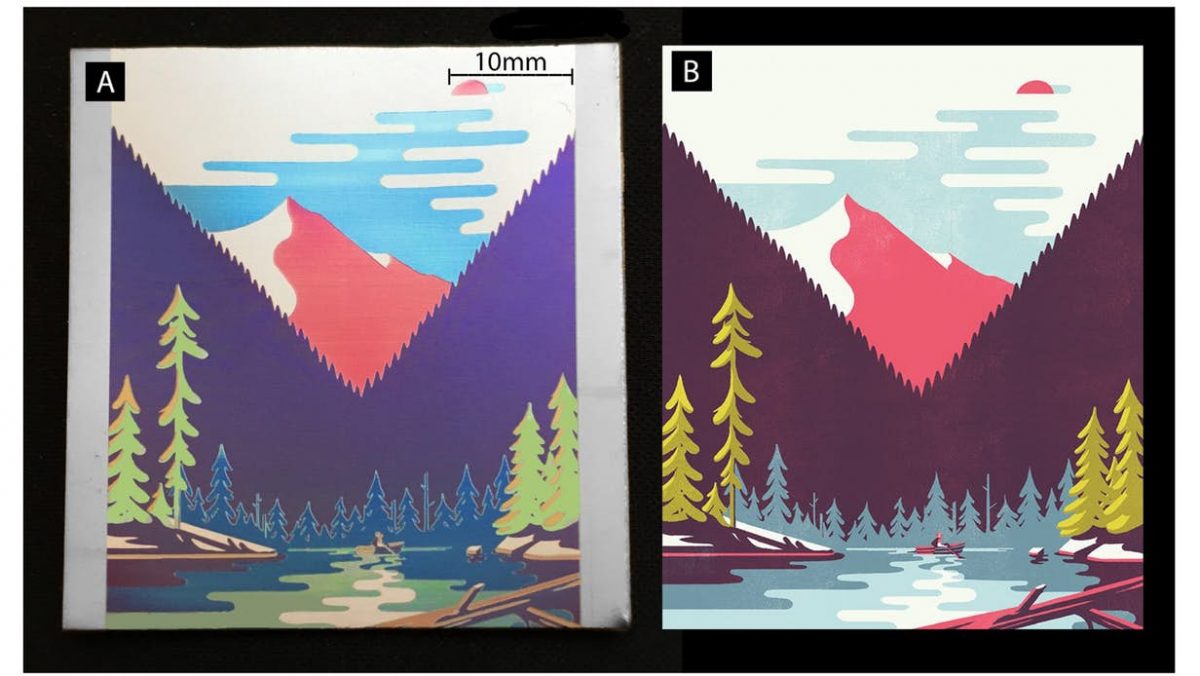Although it’s already possible to create colored images on metal surfaces using lasers, different types of lasers have to be used for different effects. Now, however, Russian scientists have developed a method of producing multiple effects using one commercially-available laser.
Led by Galina Odintsova, researchers at Saint Petersburg’s ITMO University were able to change the “processing parameters” of the laser, allowing them to control how much it heats a metal surface over a wide temperature range. This, in turn, makes it possible to produce color images in three ways. None of the techniques are particularly time-consuming, and all can be used to create large or small images. [Source]





